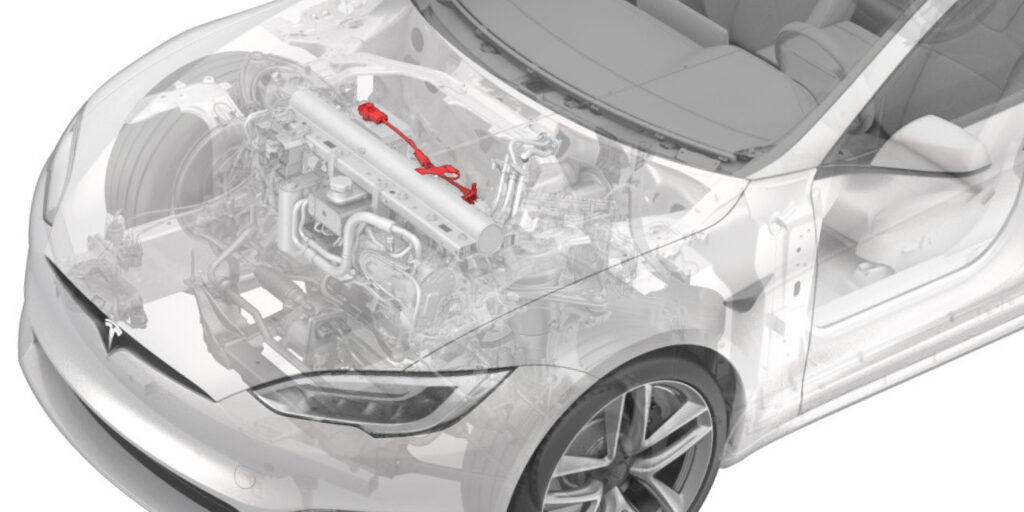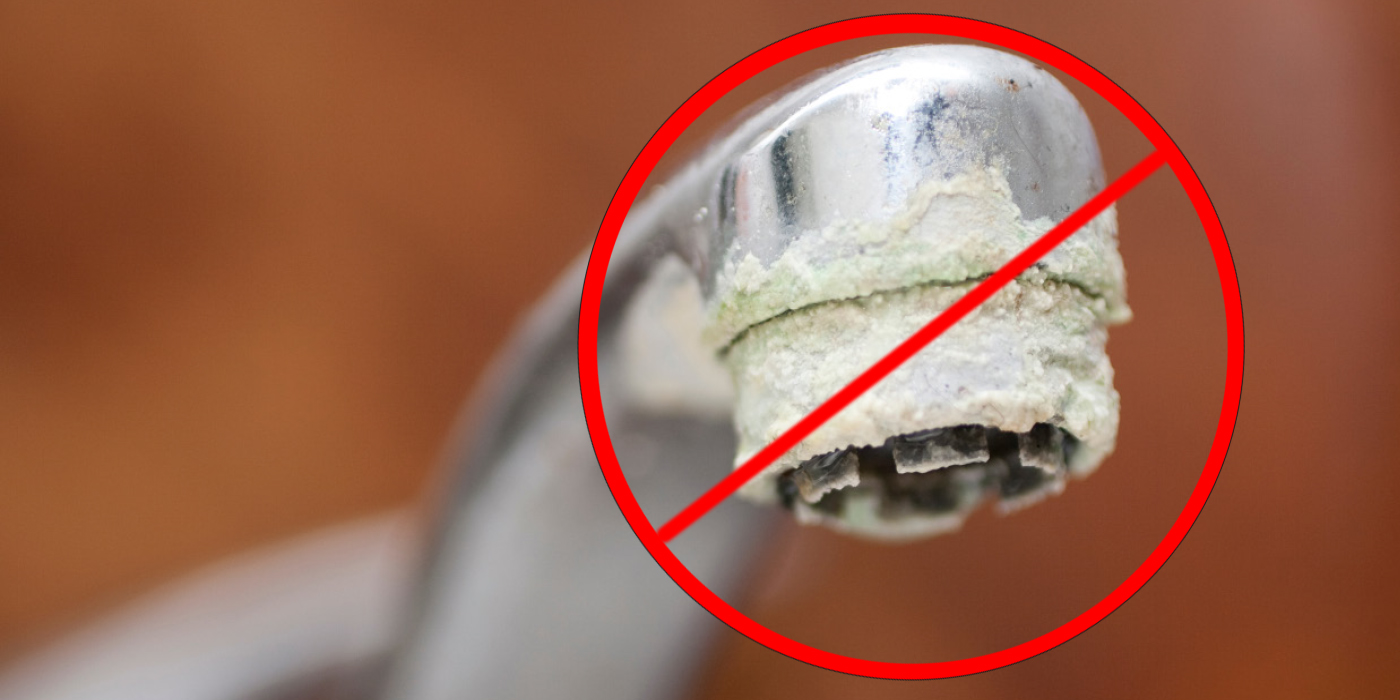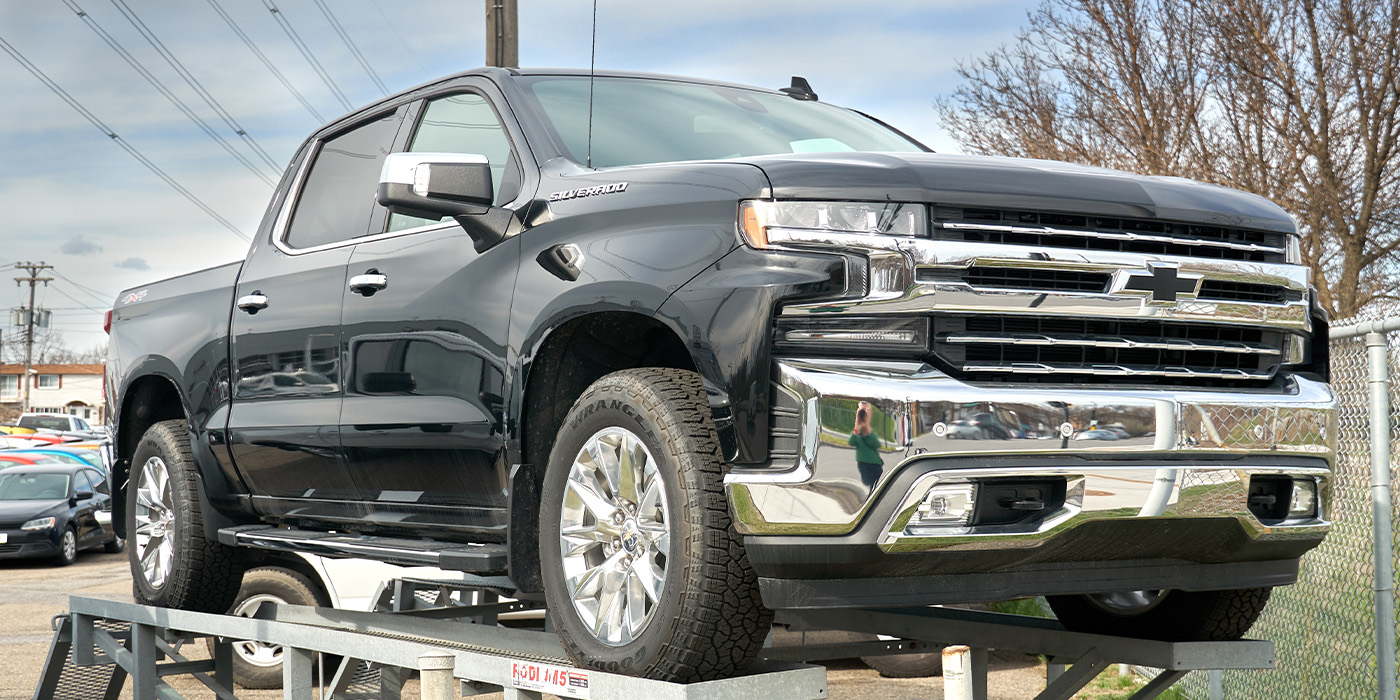Instrument cluster malfunctioning on affected vehicles may be caused by a poor connection between the instrument cluster and the wiring harness due to poor wiring-to-terminal crimping or improper terminal tension.
Affected Models:
1999-2001 Golf, Jetta
1998-2001 Beetle, Passat
If an instrument cluster exhibits malfunctions, prior to replacement, inspect for faulty terminals related to the concern and replace using the VAS 1978 Wiring Kit.
Note: If the terminals are contaminated with coolant, see Technical Bulletin Group 97 number 01-01 (Golf/Jetta) or 01-02 (Beetle).
Warning: Disconnect the battery ground (GND) strap before working on the electrical system.
Service Procedure:
1. Remove the instrument cluster (see VESIS Repair Manual, Group 90).
2. Remove the cluster harness connector covers (blue and green).
3. Inspect for incorrectly crimped terminals on each affected wire.
4. If any wires are incorrectly crimped, replace the affected terminal using P/N 000 979 003.
Caution: Do not use P/N 000 979 003A (gold-plated terminal that is included in the VAS 1978 kit) for this application. Doing so may cause corrosion due to dissimilar metals.
5. Using terminal P/N 000 979 015, test the spring tension of the contacts by slowly inserting and removing the terminal into each cavity.
6. If any terminal has low tension (easy to remove and install test terminal), replace the affected terminal using P/N 000 979 003. Do not replace the instrument cluster if the concern is resolved with the above procedures.
Warning: Ensure that there is no person inside the vehicle when connecting the battery ground strap.
7. Connect the battery ground (GND) strap.
8. Connect the VAS 5051 diagnostic tool.
9. Check all systems for stored DTCs.
10. Erase any stored DTCs.
After restoring electric power:
1. Set Climatronic, power window and power seat adaptation per the repair manual and/or owner’s manual.
2. Set the engine basic settings (Electronic Throttle Control Adaptation).
3. Set the clock.
4. Set the transmission basic settings.
5. Set the readiness code.
6. Set the radio anti-theft code and program radio station presets.
7. Verify that condition has been eliminated.
Technical service bulletin courtesy of ALLDATA.
For additional information, visit www.alldata.com.














